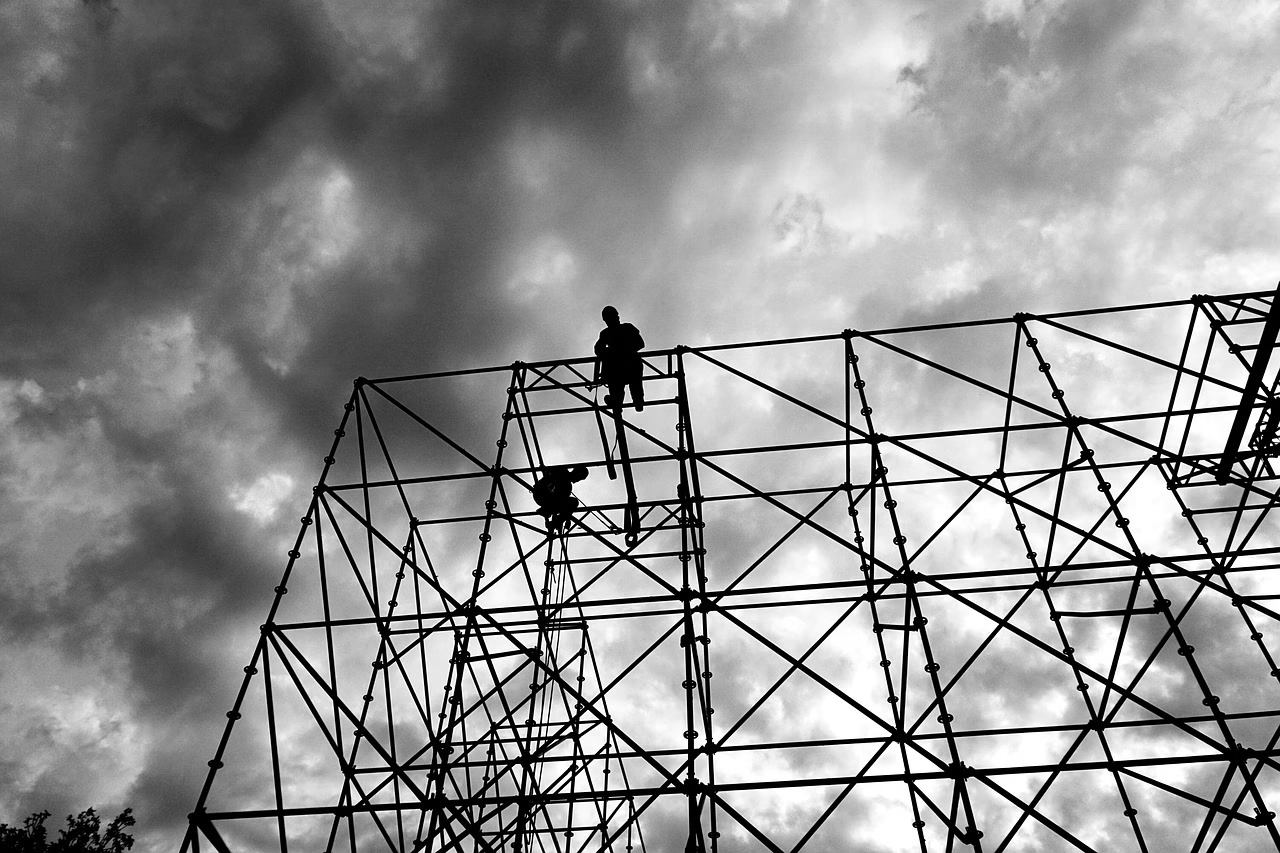AI Adoption Boosts Employee Happiness 34% While Raising Prod
June 30, 2025 | by Ethan Rhodes

AI Adoption Boosts Employee Happiness 34% — and Your Productivity Isn’t Far Behind
Why the latest Jabra study should have every team doubling-down on smart, human-first automation.
What the numbers really say
Hot off the (virtual) press, Jabra’s Work and Wellbeing in the Age of AI surveyed 3,700 knowledge workers across 11 countries. One headline is impossible to miss: employees who use AI daily report being 34% happier in their jobs compared with colleagues who rarely touch the tech.
Look a layer deeper and you’ll spot the productivity lift hiding in plain sight:
- Goal-crushing advantage — 78% vs 63% of frequent AI users hit their objectives.
- Career momentum — 70% vs 38% see clearer opportunities for advancement.
- Future optimism — 47% vs 27% feel confident their work will remain enjoyable and meaningful.
Translation? When workers feel happy, supported and empowered by their tools, they naturally get more of the right stuff done. Happiness and productivity are not competing KPIs — they’re a flywheel.
“The future of work isn’t just technological — it’s emotional.” — Meik Wiking, CEO, The Happiness Research Institute
Why this matters for the modern professional
I coach high-growth teams every week, and the pattern is crystal clear: burnout follows busywork. Inbox triage, note-taking, status pings — these are the tasks AI now handles brilliantly. When we reclaim that cognitive real estate, we get to pour energy into strategic, creative, high-value work. That’s the rocket fuel behind the study’s numbers.
But the tools alone don’t guarantee lift-off. Culture, workflows and personal habits decide whether AI becomes your secret weapon or just another browser tab. So let’s get tactical.
Five plays to ride the 34% happiness wave
- Automate your digital lint roller. Use AI for every “copy-paste-format” task: drafting meeting summaries, transforming raw data into charts, re-writing briefs in a client’s tone. The 10-minute crumbs you save add up to hours each week.
- Schedule Focus-First Fridays. Block two hours where AI guards your calendar. Tools like Microsoft Copilot can auto-deflect meeting requests and Slack’s Workflow Builder can answer routine questions. You protect deep work while the bots babysit the busywork.
- Turn meetings into assets. Run calls through an AI note-taker. Instead of frantically typing, you’re present, asking sharper questions. Post-call, share the auto-generated summary with action items highlighted. Accountability goes up; follow-up time goes down.
- Level-up with “Prompt Libraries.” Keep a shared doc of proven prompts for your most common tasks: proposal outlines, market research digests, customer-email drafts. The library eliminates blank-page paralysis and standardizes excellence.
- Measure the feel-good factor. Gallup’s Q12 or even a quick weekly emoji check-in on Slack lets you track sentiment alongside output. Remember: the Jabra data shows wellbeing and performance rise together — watch both.
Mind the stress curve
The same study warns that frequent AI users reported up to 20% higher stress. Why? Prompt anxiety, rapid tool churn, the pressure to sound like ChatGPT-4. Feel the squeeze? Here’s the antidote:
- One new tool at a time. Master it → document the workflow → then add the next plugin.
- Micro-break rituals. Science says a 90-second stretch resets cortisol. Pair a Pomodoro timer with a “step away” automation — AI reminds you to stand when your calendar shows back-to-backs.
- Human handshakes. End AI-heavy sprints with a quick team huddle (voice or in-person). Connection neutralizes isolation loops.
From trend to personal edge
Here’s the bottom line, friend: AI is officially more than a productivity hack; it’s a wellbeing multiplier. The data proves it, and our lived experience backs it up. By delegating the drudgery to silicon, we buy back attention — the scarcest resource in 2025.
If you haven’t felt that 34% bump yet, start small. Pick one low-stakes task and hand it to AI today. Notice how it feels to finish your day with energy in the tank. That spark? Multiply it across weeks, projects and teams and you’ll understand why this Jabra study is lighting up headlines.
More life in your work, more work in your life — in the best possible way. Let’s get after it.

RELATED POSTS
View all



